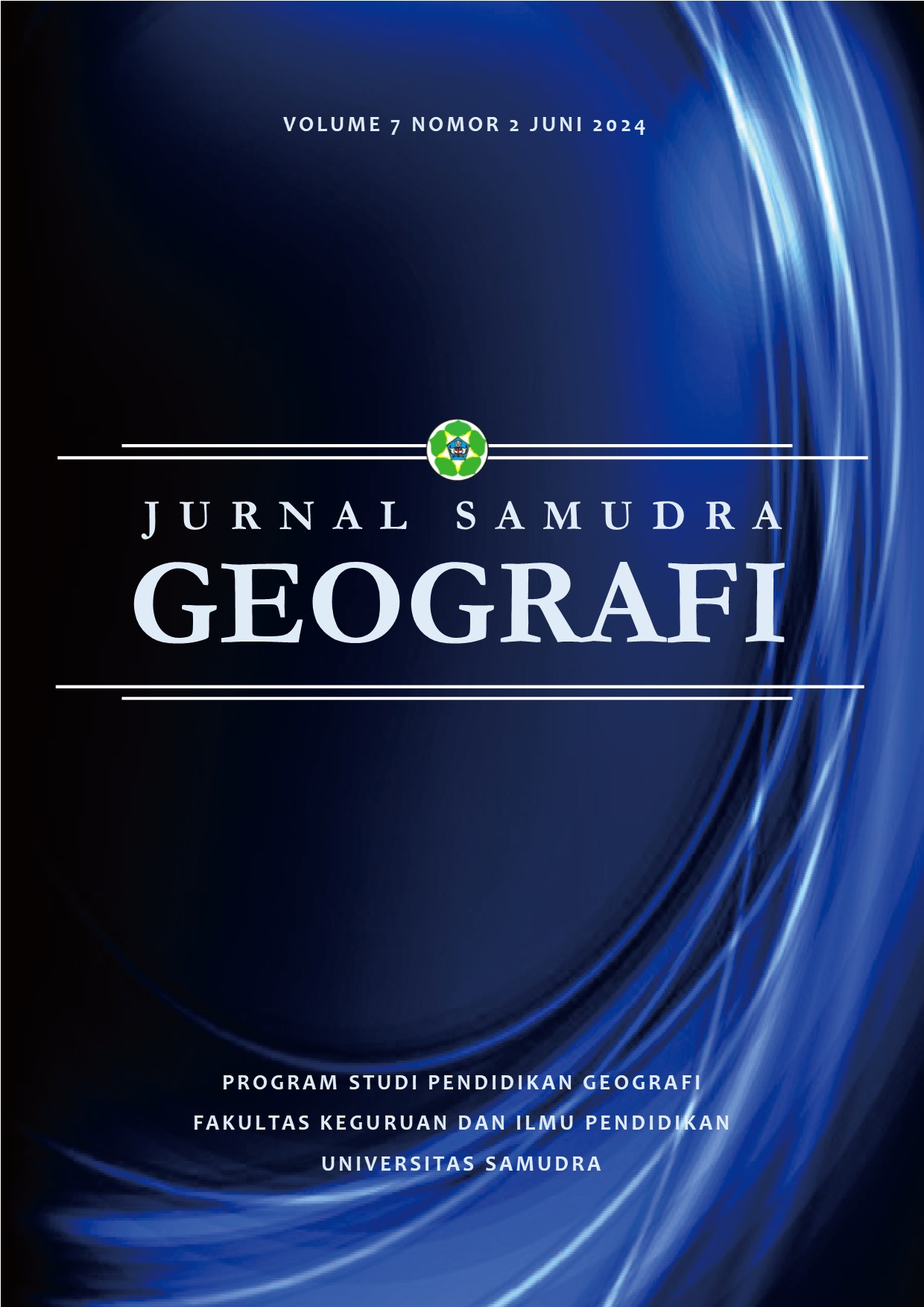ANALYSIS OF PHYSICAL AND NON-PHYSICAL CHARACTERISTICS OF INDONESIA AND BRUNEI DARUSSALAM
Abstract
Developing countries are countries that are in economic conditions and the level or standard of living of their people is still at the stage of development. the same star. The purpose of this study was to determine the physical and non-physical characteristics of the countries of Indonesia and Brunei Darussalam, the potential of each country, the strengths and weaknesses of the two countries, and the challenges of each country. This research is a research using literature study or literature review method that focuses on the results of writing related to the topic or variable of writing. The results show that the physical characteristics of a country are influenced by conditions such as geographical location, astronomical location, geological location, landscape, climate, and natural resources contained therein. The strategic geographical location makes Indonesia a trade route, the tropical climate makes this region fertile, there are many mountainous paths, causing the Indonesian region to become a suitable area for a variety of plants and animals Brunei Darussalam can be categorized as a developed country because this country still relies and depends on the country's economy in the primary sector in the form of oil and natural gas mining The countries of Brunei Darussalam and Indonesia both have advantages in abundant natural resources. But the weakness in the management system is not good, so the economies of these two countries are less developed. The problem that must be immediately distast is to improve the human resources in these two countries.





